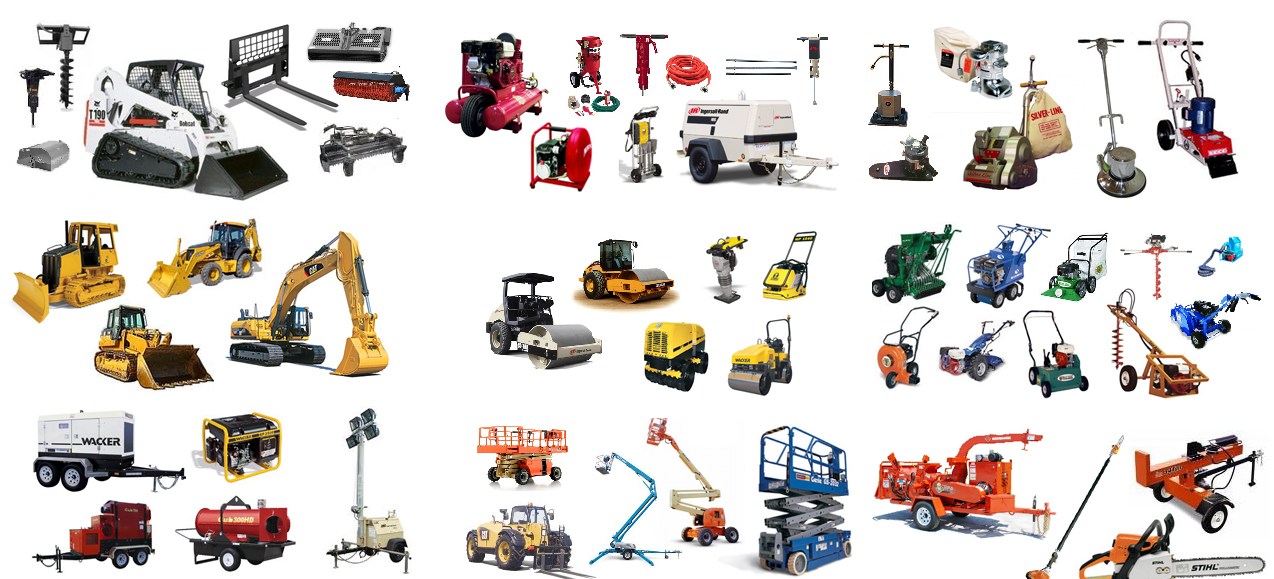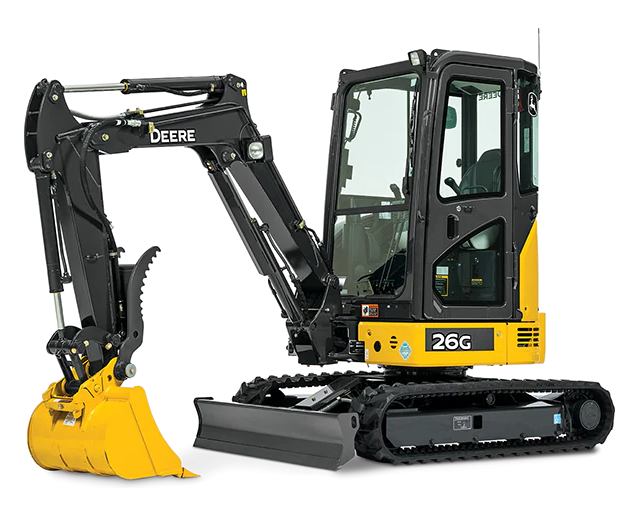Forklift Rental: Heavy Training Equipment for Warehousing and More
Wiki Article
Optimize Your Budget by Comprehending the Expenses Connected With Building And Construction Equipment Services
Comprehending the complete extent of costs connected with building equipment services is important for maximizing your budget. What methods can be employed to successfully manage these expenses and make sure a more reliable rental experience?Summary of Rental Prices
When considering building and construction equipment services, comprehending the linked expenses is paramount for reliable budgeting and job planning. Rental costs can vary substantially based on a number of variables, consisting of equipment type, duration of rental, and location. The initial rental charge usually reflects the tools's market demand and its connected functional capabilities, affecting the total expenditure.In addition to the base rental price, ancillary prices may arise, such as transport charges, fuel surcharges, and maintenance costs. It is necessary to account for these extra expenditures to accurately analyze the overall expense of renting out equipment. Furthermore, the rental duration can affect prices; longer rentals might get discounted prices, while temporary services may incur greater daily charges.

Break Down of Rental Rates
A detailed understanding of rental rates is essential for service providers and project supervisors aiming to optimize their budgets. Rental rates for construction equipment normally are composed of several components, including base prices, time-based charges, and use charges.Base rates are the core charges related to the leasing of the devices, frequently determined by the kind and size of the equipment. These prices can differ considerably, influenced by factors such as devices need, accessibility, and regional market patterns. Time-based fees, which might be daily, weekly, or monthly, serve to suit different job timelines and rental durations.
Additionally, rental prices might include use charges, which are relevant when devices is utilized past a defined threshold, making sure that the rental firm can represent deterioration. Seasonal demand changes can also influence rental prices, with peak construction periods generally regulating greater costs.
Furthermore, comprehending the rental firm's policies concerning upkeep and insurance coverage can give additional understanding right into the general cost structure. By examining these elements, contractors can make enlightened decisions, making sure the option of rental equipment straightens with both job requirements and budget constraints.
Extra Fees to Take Into Consideration
Understanding the intricacies of added fees is critical for service providers to handle their total leasing costs effectively. Beyond the basic rental prices, different additional costs can significantly impact the total price of devices leasing. These charges commonly include delivery and pickup costs, which can differ based on distance and logistics associated with moving the devices to and from the task site.Additionally, some rental firms might impose fuel additional charges if the equipment is returned with less fuel than when rented. It is also vital to know prospective cleaning costs, especially for customized tools that needs extensive upkeep after use.

Completely reviewing the rental contract and clearing up these extra charges upfront can help service providers ensure and avoid unexpected prices that budgets remain intact throughout the task lifecycle.
Repair And Maintenance Expenditures
Routine repair and maintenance costs are frequently overlooked variables that can dramatically affect the general price of construction devices rentals. When leasing tools, it is crucial to think about not just the rental costs but also the possible prices connected with maintaining the equipment in ideal operating condition.Several rental firms consist of fundamental maintenance as component of the rental agreement; nonetheless, extra unanticipated failures or comprehensive repair work can result in additional costs. It's necessary to review the rental agreement meticulously to comprehend what upkeep services are covered and what responsibilities drop on the occupant.
Furthermore, devices that is not properly maintained can cause inefficiencies at work site, possibly creating delays and raising project costs. To reduce these dangers, it is advisable to conduct regular inspections and keep open interaction with the rental carrier pertaining to any concerns that develop during usage.
Insurance Coverage and Obligation Costs
Insurance and obligation prices are critical components that can dramatically impact the overall expenditure of construction devices rentals (aerial lift rental). These costs guarantee that both the rental business and the customer are shielded from potential monetary losses occurring from accidents, damages, or burglary during the rental duration
Furthermore, customers must know any deductibles or exclusions in the insurance coverage, as these can impact potential out-of-pocket costs. Understanding the conditions of any insurance coverage is crucial to avoid unexpected prices. Ultimately, budgeting for insurance policy and responsibility costs can help ensure a smoother rental experience and shield against financial dangers associated with building used roller compactor for sale and construction jobs.
Verdict
In verdict, a thorough understanding of the prices linked with building and construction devices leasings is vital for effective budget monitoring. Inevitably, notified decision-making concerning equipment services adds to the overall success of construction undertakings.Rental expenses can vary dramatically find here based on numerous elements, including tools type, period of leasing, and location (scissor lift rental). The rental period can influence prices; longer services may certify for reduced prices, while short-term rentals may incur greater daily fees
By conducting detailed research study and engaging with reputable rental business, contractors can properly navigate the intricacies of rental pricing, eventually optimizing their monetary sources.
Beyond the typical rental rates, numerous additional costs can significantly influence the total expense of tools rental. Rental business commonly supply obligation insurance coverage that covers injuries to third parties or damage to property, while devices damages insurance policy can cover the cost of fixings or replacement if the leased tools is harmed.
Report this wiki page